Oleg Tistol
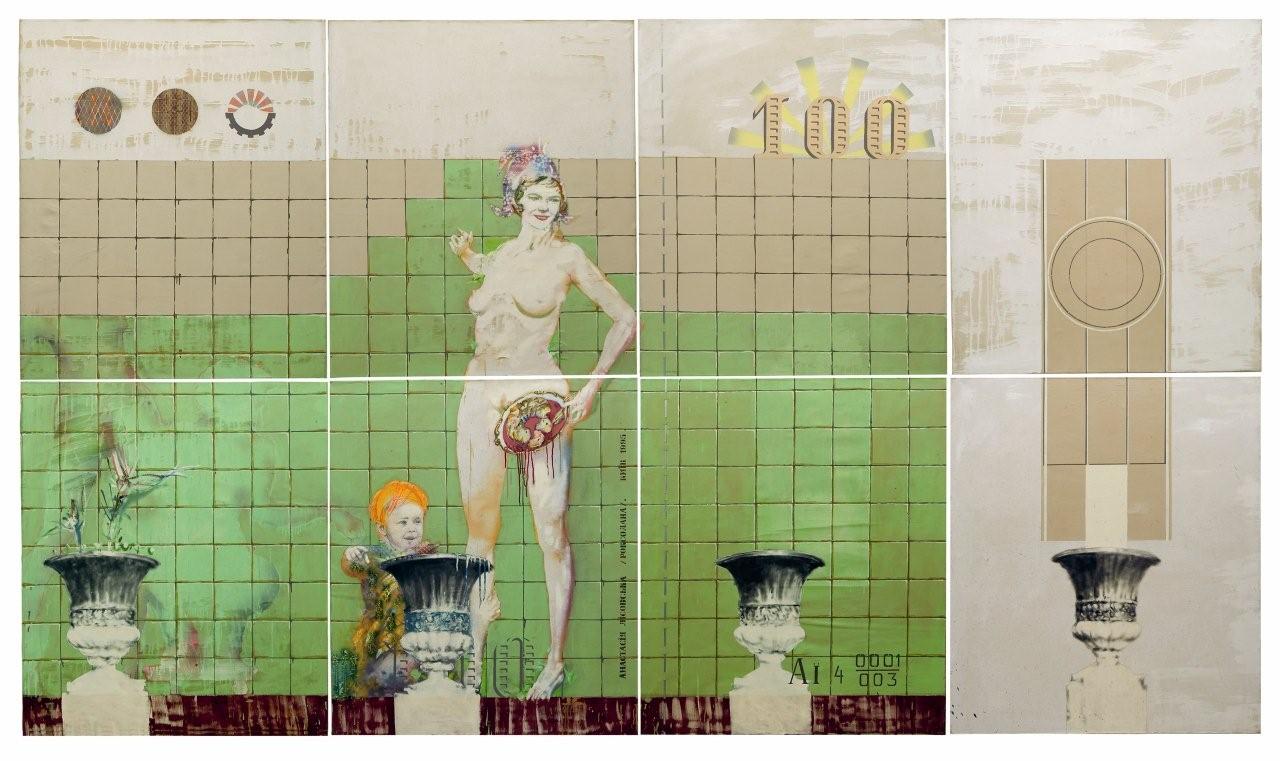
Oleg Tistol was born under the Soviet yoke in Ukrainian Vradievka in 1960, before moving to the country’s capital to study at the Kyiv Republican Art School and finally to Lviv in 1979, to study at the State Institute of Decorative and Applied Arts. With his distinct style of mixed pop art and retro baroque, Tistol has developed an artistic discourse that has continued to struggle with ideas of identity and nationalism in the post-soviet era. This reached its height with paintings like ‘Reunification’ (1988) and ‘Exercise with Maces’ (1989), which introduced an iconoclastic use of symbolism to the narratives of Ukrainian art and extrapolated on Tistol’s ideas for a new national aesthetic that were first set out in his publication, ‘A Resolute Edge of National Post-Eclecticism’, in 1987. Oleg Tistol’s works are currently displayed at the Stedelijk Museum, Amsterdam.
Read: Famous Ukrainian Artists of 20th Century
Petro Sypniak
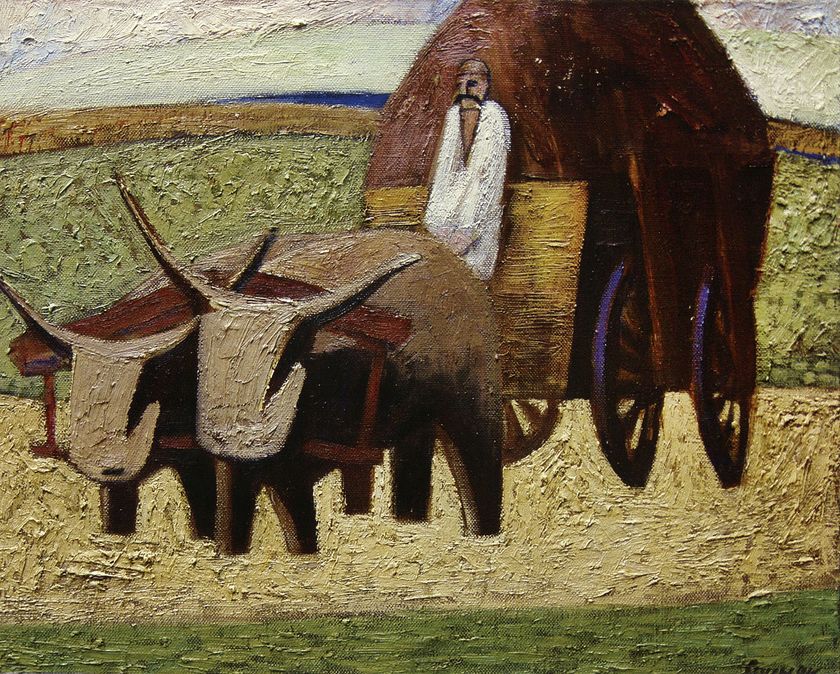
Petro Sypniak was born in 1959, in the western Ukrainian region of Ivano-Frankivsk. From there, he moved to the city to study in the Lviv State Institute for Applied and Decorative Art. While he was still studying, Sypniak began to gain recognition across the continent and his works were eventually featured in exhibitions from Czech Republic to Italy. Among other things he is noted for his colorful portraits of bucolic life, which adopt a dreamlike, impressionist and curiously psychedelic perspective to convey an enchanting picture of rural Ukraine.
Alexander Roitburd
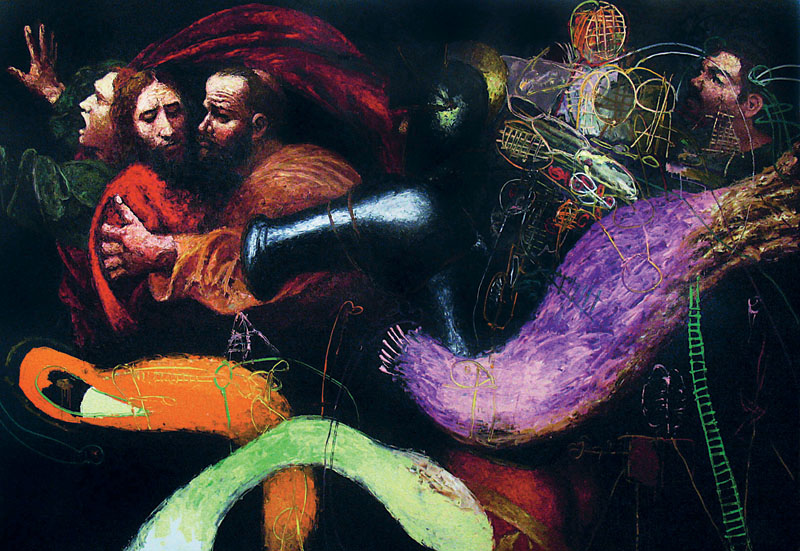
Widely considered to have been one of the formative figures of the Ukrainian avant-garde movement during the middle of the 1980s, Alexander Roitburd’s position as one of the country’s top contemporary artists is entirely secure. Over the decades his works have spanned the mediums of film, installation art and painting, while he is perhaps best known for his seven-and-a-half minute media presentation at the Venice Biennale in 1999, entitled Psychedelic Invasion of the Battleship Potyomkin into Sergey Eisenstein’s Tautological Hallucinations, and his oil work, ‘Goodbye Caravaggio’, which remains the highest grossing painting of any contemporary Ukrainian artist to date.
Anton Kandinsky
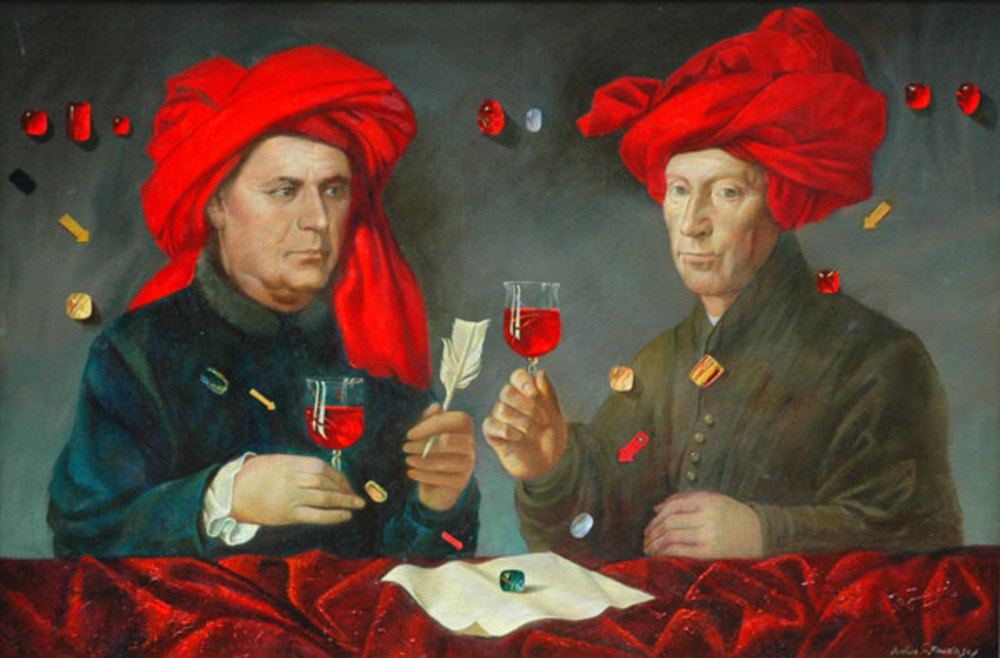
Born in the Ukrainian Crimea in 1960, Anton Kandinsky studied under Yevsey Yevseyevich Moiseyenko in St. Petersburg and at the Ukrainian Art Academy before immigrating to the United States in 1998. There he rose to worldwide fame for his iconic GEMISM style of pop art, which incorporated glittering gemstones into classic portraits of iconic global figures. The artist’s other major works included a range of satirical political caricatures and Grenade (hug me) (2006), which is now part of the collection at the Ukrainian Institute of Modern Art in Chicago. Kandinsky was sadly found dead at his apartment in Manhattan in early 2014.
Anton Kadinsky’s works are now displayed at the Ukrainian Institute of Modern Art in Chicago.
Arsen Savadov
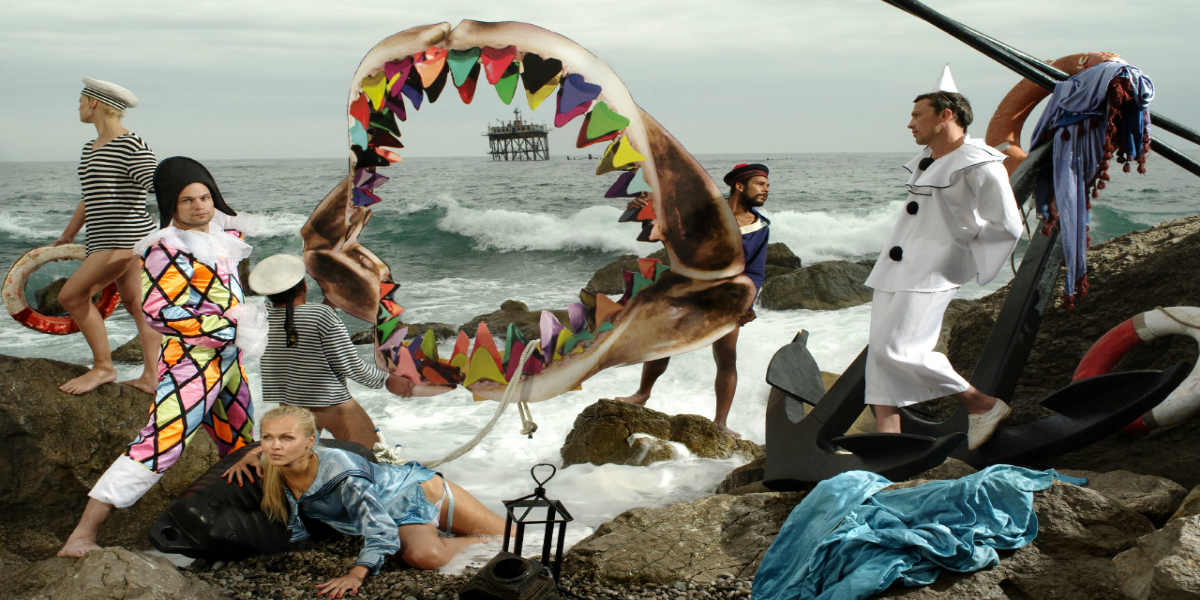
Known for his distinctive and visceral portraits in the mediums of painting and photography, Arsen Savadov is unquestionably one of the most recognizable of Ukrainian contemporary artists working today. As a self-proclaimed ‘classic contemporary’, his works employ all the grandiose scope and choreography of the old masters and combine it with a kaleidoscopic use of color that’s nigh on psychedelic in effect. His photography pieces have a truly surrealist edge too, like his 1997 work, ‘Donbass-Chocolate’, which shows miners from the Ukrainian east stripped or dressed in tutus and arranged in carnivalesque poses, or the series Love Story—a mind-boggling collage of green parks, conjoined twins and Oriental palaces that’s esoteric in the extreme.
Artem Volokitin
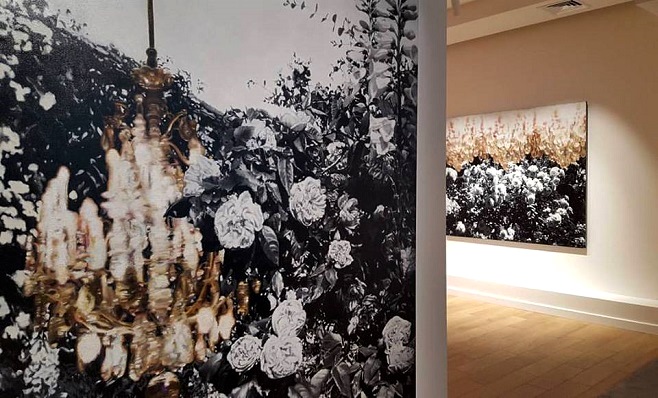
Artem Volokitin is a relatively recent addition to Ukraine’s line-up of top contemporaries, having only graduated from the Kharkiv State Academy in 2005. However, the artist’s already formidable array of awards and accolades—which includes a PinchukArtCentre Prize and a youth art trophy from Non Stop Media—belies a real maturity and skill, while his recent joint exhibition, Fear and Hope, in Kyiv, revealed a well-honed style that deals head on with issues of violence, destruction and loss in the context of post-soviet Ukraine.
Nikolaj Prokopenko
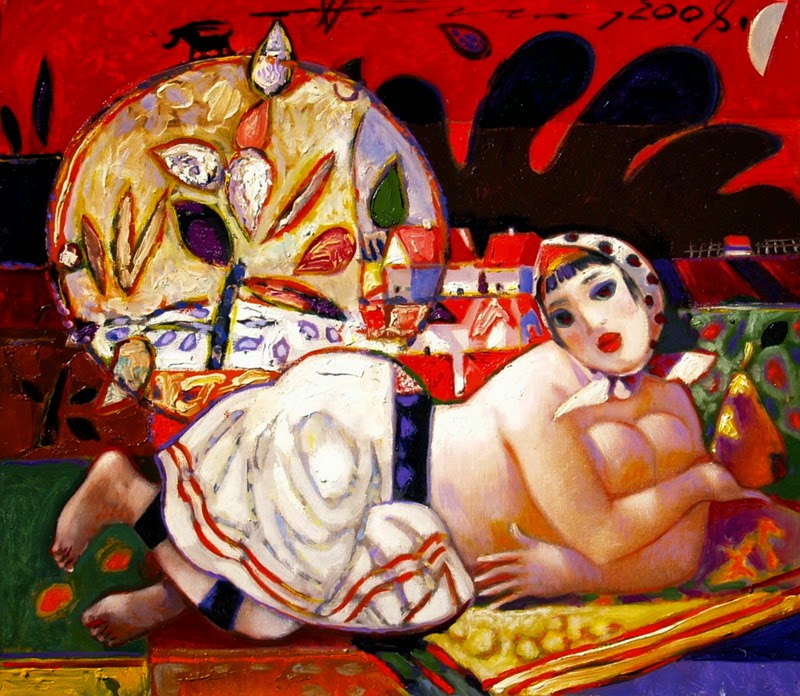
Hailed as the ‘Ukrainian Picasso’, Nikolaj Prokopenko was born in Odesa in 1945. To date, he has held just shy of 60 solo exhibitions and participated in countless biennials, while his pieces are contained in some of the most prestigious art collections on the planet, from Paris’ Pompidou Centre to the Russian State Museum. During the late 1980s and 1990s, his style typified the so-called Odesa Movement, making use of expressionist principles and flamboyant color schemes to recast the female form in a surrealist and sensual light.
Read: New Podil Theatre in Kyiv
Source: artslooker.com, culturetrip.com. All images belong to their rightful owners.







